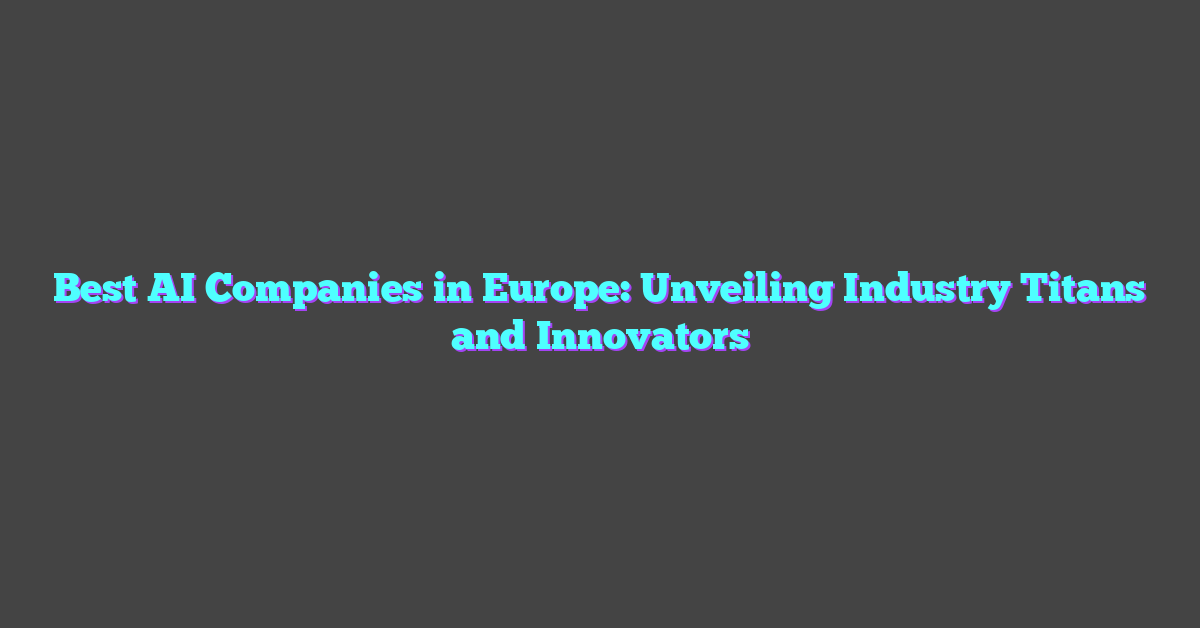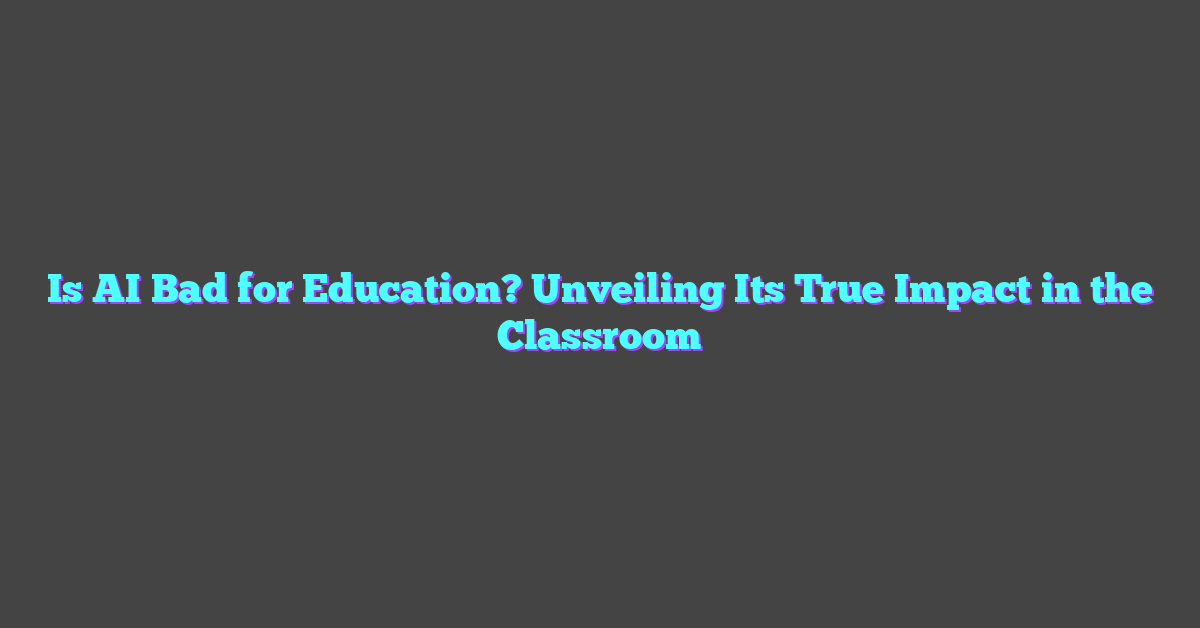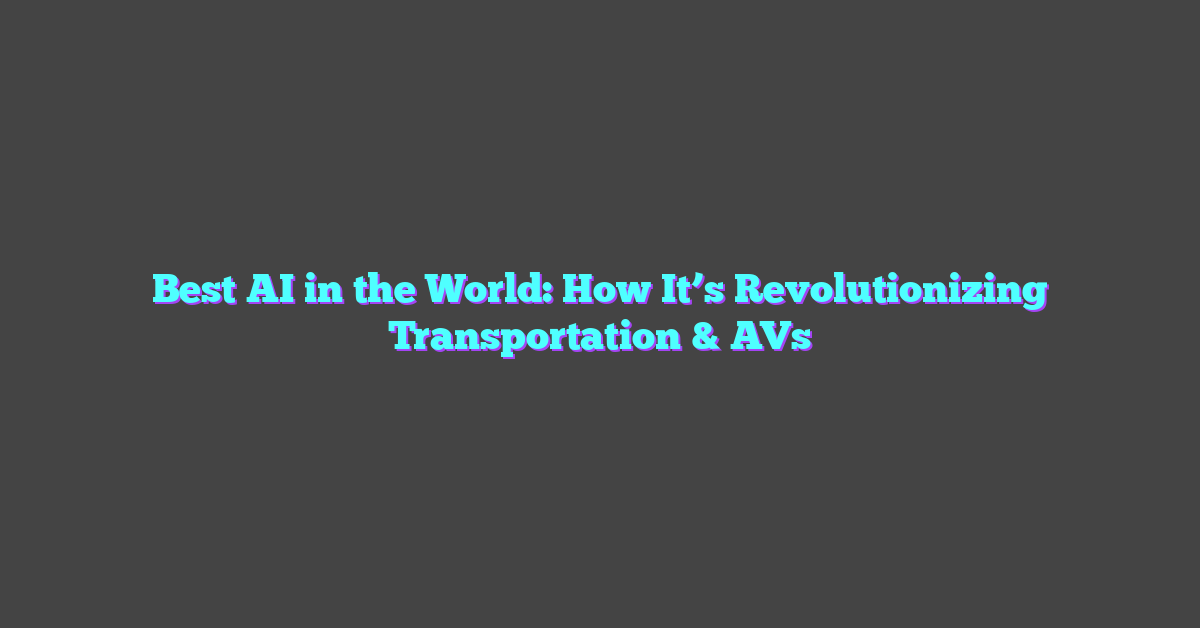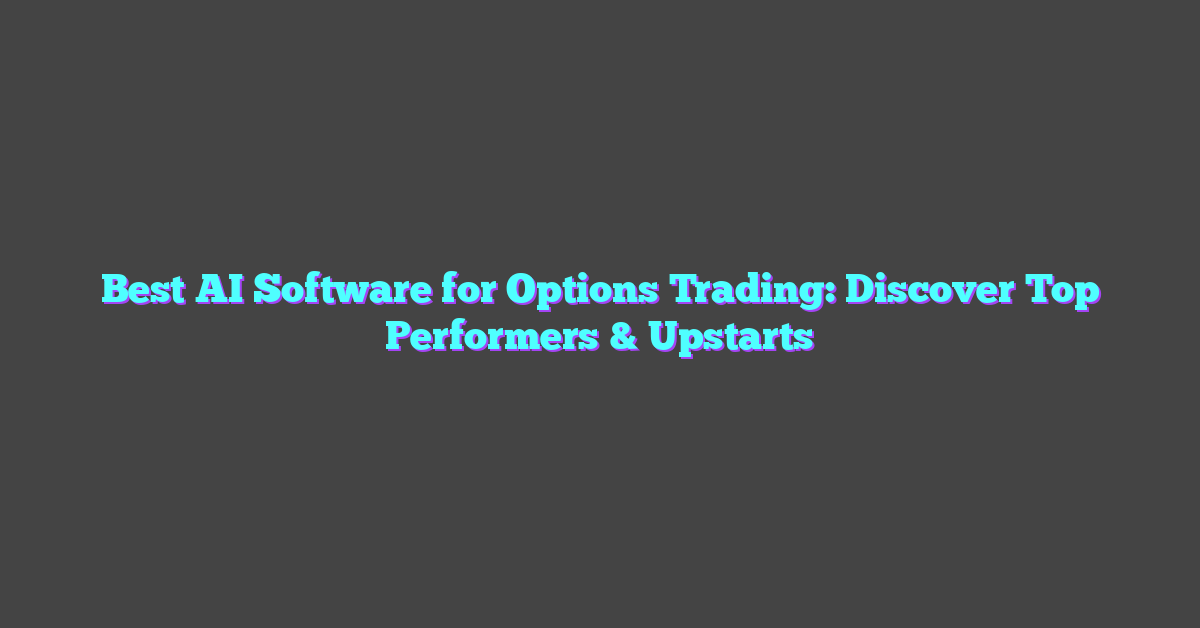In a world where technology evolves at lightning speed, the rise of artificial intelligence has sparked debates across various fields. One of the most heated discussions centers on whether AI will replace artists. While AI can generate impressive images and compositions, it lacks the human touch that breathes life into art.
Art is more than just pixels and algorithms; it’s an expression of human experience, emotion, and creativity. Artists pour their souls into their work, capturing nuances that machines simply can’t replicate. So, while AI might assist in the creative process, it won’t replace the unique vision and depth that only human artists can provide.
The Role of AI in the Art World
Artificial Intelligence (AI) significantly influences the art industry by assisting in creative processes and providing new tools for artists.
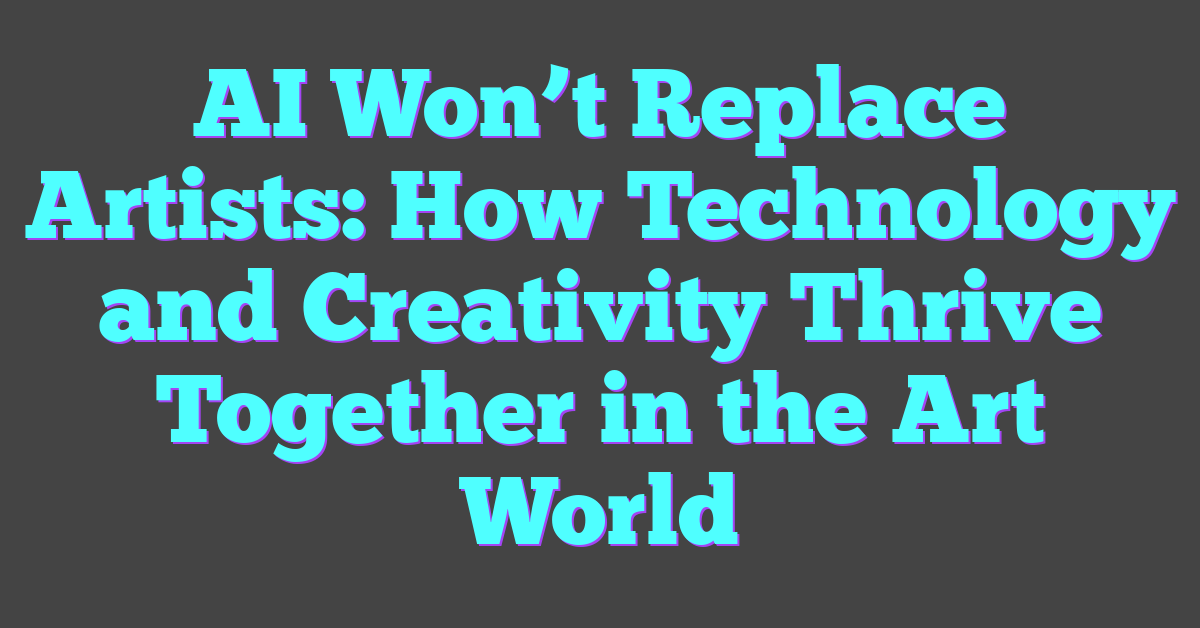
Current AI Technologies Used in Art
Several AI technologies are shaping modern art. Generative Adversarial Networks (GANs), such as DeepArt and Artbreeder, enable machines to create unique pieces by learning from large datasets. Style transfer algorithms allow AI to mimic the styles of famous artists, creating new works that blend old and new techniques.
Machine learning algorithms analyze and interpret art, generating insights about style, technique, and historical context. Computer vision applications can evaluate artwork quality and authenticity by comparing digital images to known pieces. Robotics also plays a part, with robots like Ai-Da creating physical paintings based on AI-generated concepts.
How Artists Are Integrating AI into Their Work
Artists are exploring ways to incorporate AI into their creations. Many use AI as a collaborative tool, enhancing their work while retaining creative control. For example, artist Mario Klingemann leverages AI to generate surreal portraits that blend human creativity with machine precision.
Some artists utilize AI to push the boundaries of digital art, employing algorithms to create interactive installations and immersive experiences. They experiment with deep learning models to produce dynamic visuals that evolve in real-time based on user interaction.
AI also democratizes art creation, making advanced tools accessible to a broader audience. Platforms like Runway ML offer accessible AI tools, enabling emerging artists to experiment with complex techniques without extensive technical skills.
These integrations demonstrate that while AI serves as a powerful tool in the art world, it complements rather than replaces the human element.
Why AI Won’t Replace Artists
AI significantly influences the art world by reshaping the creative process, but it lacks certain qualities that only human artists possess.
The Unique Human Creativity
Human creativity is unparalleled. While AI can generate art, it relies on existing data and patterns, which limits its originality. Human artists, however, draw from personal experiences and emotions to create unique pieces. Unlike AI, they innovate without predefined boundaries, combining imagination with personal insights to produce never-before-seen art. Examples include abstract paintings and conceptual installations that reflect human thoughts and feelings in ways AI cannot replicate.
Emotional Depth and Artistic Intuition
Human emotion is complex and layered. Artists infuse their work with emotional depth, making it resonate with viewers on a profound level. While AI can mimic styles, it doesn’t experience emotions, thus lacking authentic expression. Human artists use their intuition to guide their creative process, making choices that reflect their emotional state and cultural context. For instance, a painter might select colors based on their feelings, while a musician composes melodies that evoke specific emotions.
Through these unique human qualities, artists maintain their irreplaceable role in the art world. AI can serve as a tool to enhance creativity, but it cannot reproduce the genuine human elements that define true artistry.
Case Studies of Artists Using AI
AI’s integration into art doesn’t aim to replace human artists; instead, it revolutionizes how they create. This section explores cases where artists use AI to complement their work.
Collaboration Between AI and Traditional Techniques
Artists blend AI technology with traditional art methods, creating unique pieces that combine both worlds. For example, artist Refik Anadol leverages data and machine learning to generate mesmerizing digital artworks. He incorporates real-time environmental data to transform spaces into dynamic visual experiences. Anadol’s work demonstrates how AI and traditional techniques can converge to produce innovative art forms.
British artist Trevor Paglen is another notable figure who uses AI in his projects. In his “Machine-Readable Hito” series, Paglen employed AI algorithms to analyze artistic styles and create new art pieces. While the AI processed data and generated visuals, Paglen added his touch by curating and refining the results, exemplifying a seamless collaboration between human intuition and machine learning.
Prominent Projects and Their Reception
Many renowned AI-art collaborations have gained significant attention and positive feedback. One prominent project is “The Next Rembrandt,” developed by a team of engineers, data scientists, and art historians. They used AI to analyze Rembrandt’s works, generating a new painting indistinguishable from the artist’s original pieces. This project showcased AI’s capability to mimic artistic styles without overshadowing the historical importance of the human artist.
Another impressive project, “Portrait of Edmond de Belamy” by the French art collective Obvious, utilized GANs to create a digital portrait. The piece was auctioned at Christie’s for $432,500, drawing massive acclaim. While critics debated AI’s role in art, the project’s success indicated widespread acceptance and fascination with AI-generated art.
These examples highlight that AI serves as a collaborator and enhancer in the art world, rather than a replacement for human creativity. By working with AI, artists continue to push the boundaries of what’s possible in art, fostering a synergy that enriches both traditional and digital mediums.
Potential Impacts of AI on Future Art
AI significantly impacts future art by providing novel tools, reshaping markets, and enhancing creativity. New advancements help artists push traditional art boundaries.
Enhancing Tools for Artists
AI provides innovative tools that augment artistic processes. Tools like DeepArt and RunwayML offer artists capabilities to blend styles, generate patterns, and automate labor-intensive tasks. This enables artists to experiment more freely without the constraints of manual effort. For example, DeepArt uses neural networks to transform photos into stylistic images reminiscent of famous art pieces. Similarly, RunwayML democratizes machine learning, offering an easy interface for artists to access complex algorithms.
Changing the Art Market
AI reshapes the art market dynamics by introducing new forms of art and attracting different buyer demographics. AI-generated art pieces like “Portrait of Edmond de Belamy” have caught significant attention, fetching high auction prices and inviting debates on the value of AI art. New market platforms, like SuperRare and Rarible, facilitate the sale of digital AI-created art, offering artists global exposure and reaching collectors interested in the intersection of technology and creativity. AI’s integration into the market also urges traditional galleries to adapt, providing new channels for engagement and sales.
Conclusion
AI’s role in the art world is undeniably transformative, but it won’t replace the unique touch of human creativity. Instead, it serves as a powerful tool that artists can use to explore new frontiers and expand their artistic horizons. The synergy between AI and human artists is fostering a vibrant, dynamic art scene where boundaries are continually pushed. By embracing AI, artists can experiment more freely, access complex algorithms, and reach new audiences. The future of art looks bright with AI as a collaborator, not a competitor, ensuring that the essence of human creativity remains at the heart of artistic expression.
Frequently Asked Questions
How is AI transforming the art world?
AI is transforming the art world by helping artists create unique pieces, mimic styles, and produce physical paintings through robotics. It allows artists to push traditional boundaries and experiment more freely.
Can AI completely replace human artists?
No, AI cannot completely replace human artists. Instead, it collaborates with human creativity, offering new tools and possibilities, but human intuition and emotion remain irreplaceable in art creation.
Who are some artists using AI in their work?
Artists like Refik Anadol and Trevor Paglen are known for blending AI with traditional techniques, creating innovative and unique art forms that challenge conventional boundaries.
What are some popular AI tools used in art creation?
Popular AI tools in art creation include DeepArt and RunwayML. These platforms allow artists to access complex algorithms and experiment more freely with their creative processes.
How is AI affecting the art market dynamics?
AI-generated art pieces are attracting attention, influencing buyer demographics, and prompting traditional galleries to adapt. This shift is causing changes in how art is marketed, sold, and appreciated.
Can AI-generated art be considered original?
Yes, AI-generated art can be considered original when it results from unique algorithms and creative processes. However, the originality debate often centers on whether the AI’s role or the artist’s intent holds more creative value.
Are traditional art forms still relevant with the rise of AI art?
Yes, traditional art forms remain relevant. AI art enhances the spectrum of artistic expression rather than replacing traditional methods. Both forms can coexist and enrich the art world.
What potential impacts could AI have on future art creation?
AI has the potential to provide artists with novel tools, push traditional boundaries, and revolutionize art creation. It can also reshape art market dynamics and open up new channels for engagement and sales.
How do AI tools help artists experiment more freely?
AI tools like DeepArt and RunwayML offer artists access to complex algorithms and new functionalities, allowing them to explore and experiment with different styles and techniques without constraints.
Are traditional galleries adapting to AI art?
Yes, traditional galleries are adapting by incorporating AI art into their collections and exploring new ways to engage and sell to a tech-savvy audience, adjusting to the evolving art landscape.

